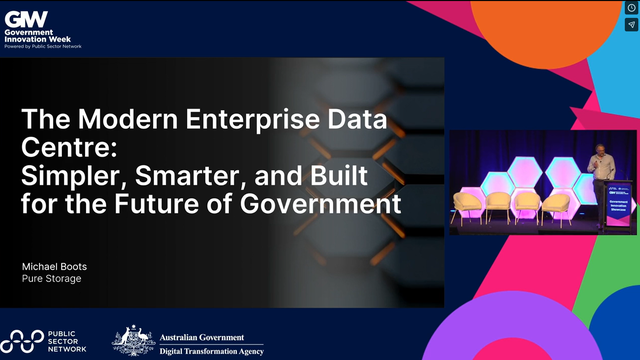

In a recent interview, Charlie Hamer, Co-founder of Public Sector Network, and Pete Saunders, a recognised expert in service design, explored the transformative potential of customer journey mapping (CJM) and service blueprinting within the public sector. Public Sector Network has dedicated nearly a decade to fostering connections among government, industry, and academia, aiming to enhance service delivery and improve outcomes for communities.
Understanding the Importance of These Tools
The necessity of CJM and service blueprinting in today’s public sector cannot be overstated. With citizens increasingly expecting seamless and effective services, it is vital for public sector professionals to grasp the citizen experience fully. CJM allows organisations to visualise the entire journey a citizen undertakes when interacting with services, identifying key touchpoints and emotions associated with each interaction. This insight is crucial for tailoring services to meet real needs and expectations.
Conversely, service blueprinting maps out the internal processes that facilitate service delivery. It provides a clear picture of the various interactions, back-end processes, and technologies involved. This holistic understanding enables organisations to pinpoint inefficiencies and areas for improvement.
Key Takeaways from the Interview
During the conversation, Pete emphasised the importance of maintaining a structured approach to collecting insights. He stated, “You’re really structured in saying, well, what are the actions and outcomes that we're going to create as a result of this process.” This methodical tracking of insights not only clarifies the improvements needed but also helps to demonstrate how research and data translate into measurable outcomes.
Moreover, Pete highlighted a unique perspective on the role of public sector professionals. He likened their work to that of a curator or conductor, saying, “Your job is to bring all of these people together into this room to create something.” This analogy underlines the collaborative nature of service design, where diverse perspectives can lead to innovative solutions that benefit citizens.
What Participants Can Expect to Learn
The courses offered by the Public Sector Network Academy are designed to ensure participants gain practical skills. Attendees can look forward to activities that include building customer personas and developing journey maps. By understanding the nuances of different community segments, public sector professionals will be better equipped to design services that resonate with their constituents.
Furthermore, Pete discussed how the courses are structured to facilitate in-depth exploration of both tools separately. “In the first course, we focus on journey mapping, understanding benefits and challenges, while in the second course, we delve into service blueprinting, discussing the intricacies of actions, processes, and technology,” he explained.
The interactive nature of these courses is another significant advantage. Pete noted that the learning environment encourages peer-to-peer sharing of experiences, which he considers essential. “Peer learning is as important as just the activities,” he asserted, reinforcing the idea that collaboration can lead to shared solutions and innovations.
In summary, mastering customer journey mapping and service blueprinting not only enhances service delivery in public sector organisations but also cultivates a culture of continuous improvement. By equipping professionals with these tools, Public Sector Network aims to ensure that public services evolve to meet the ever-changing needs of communities.

































